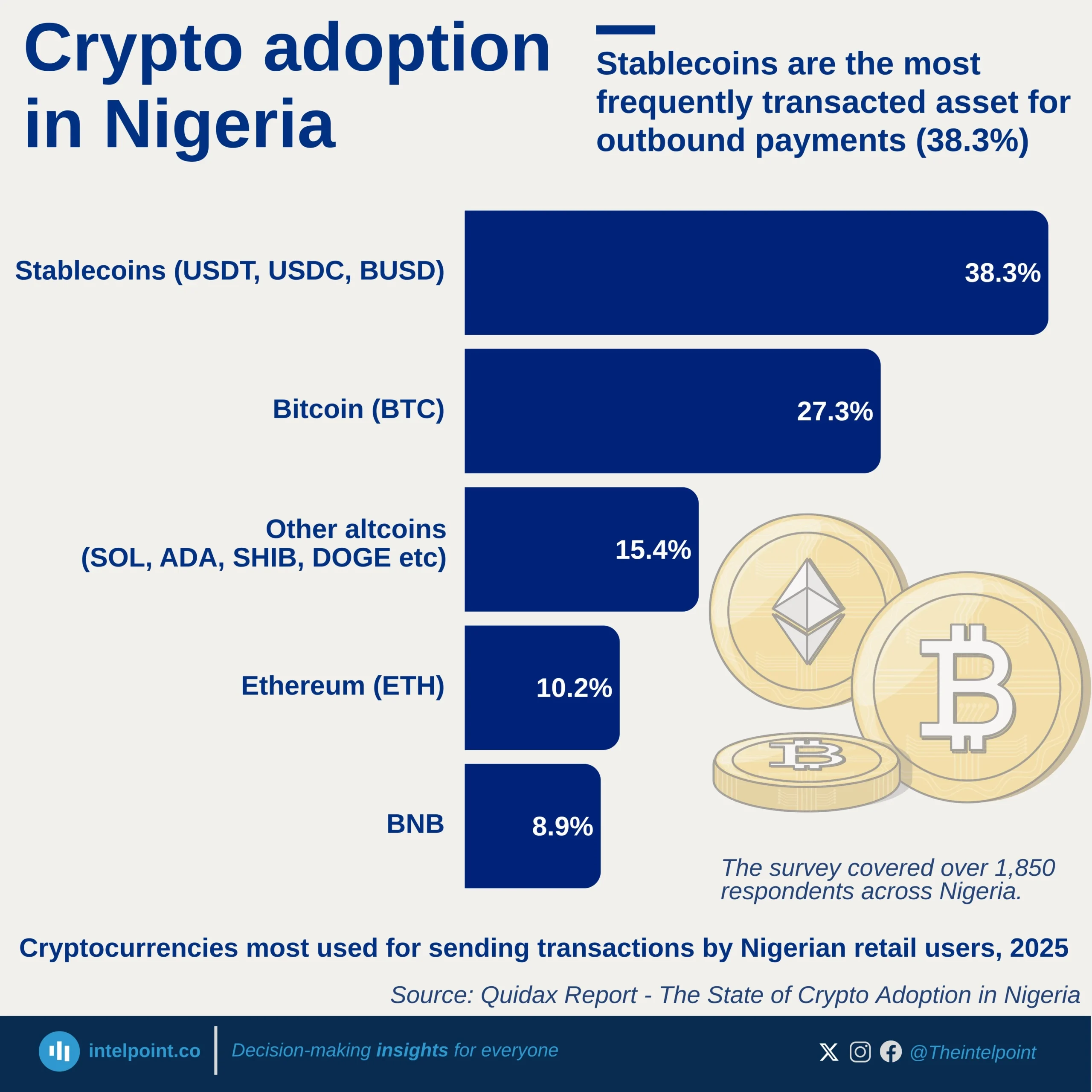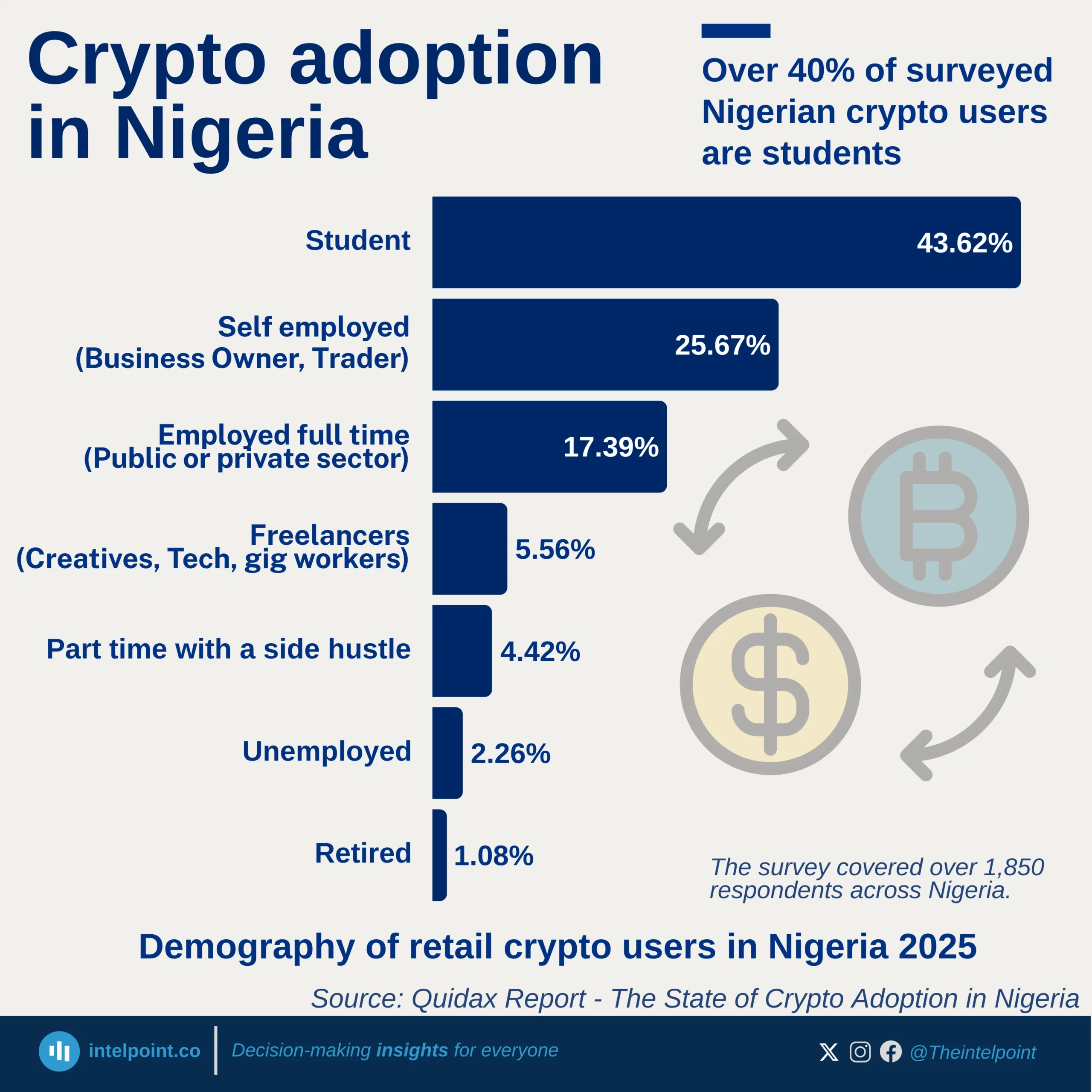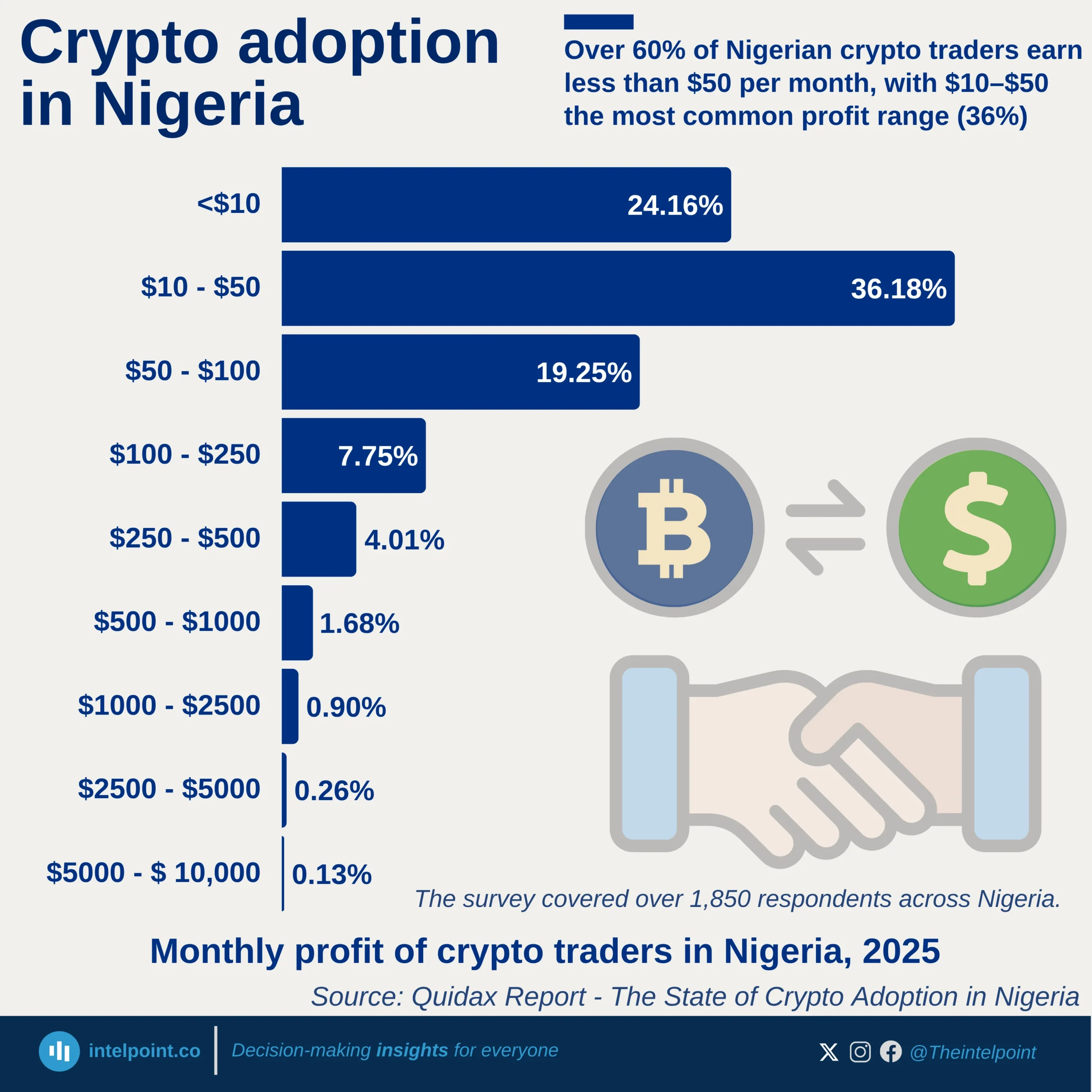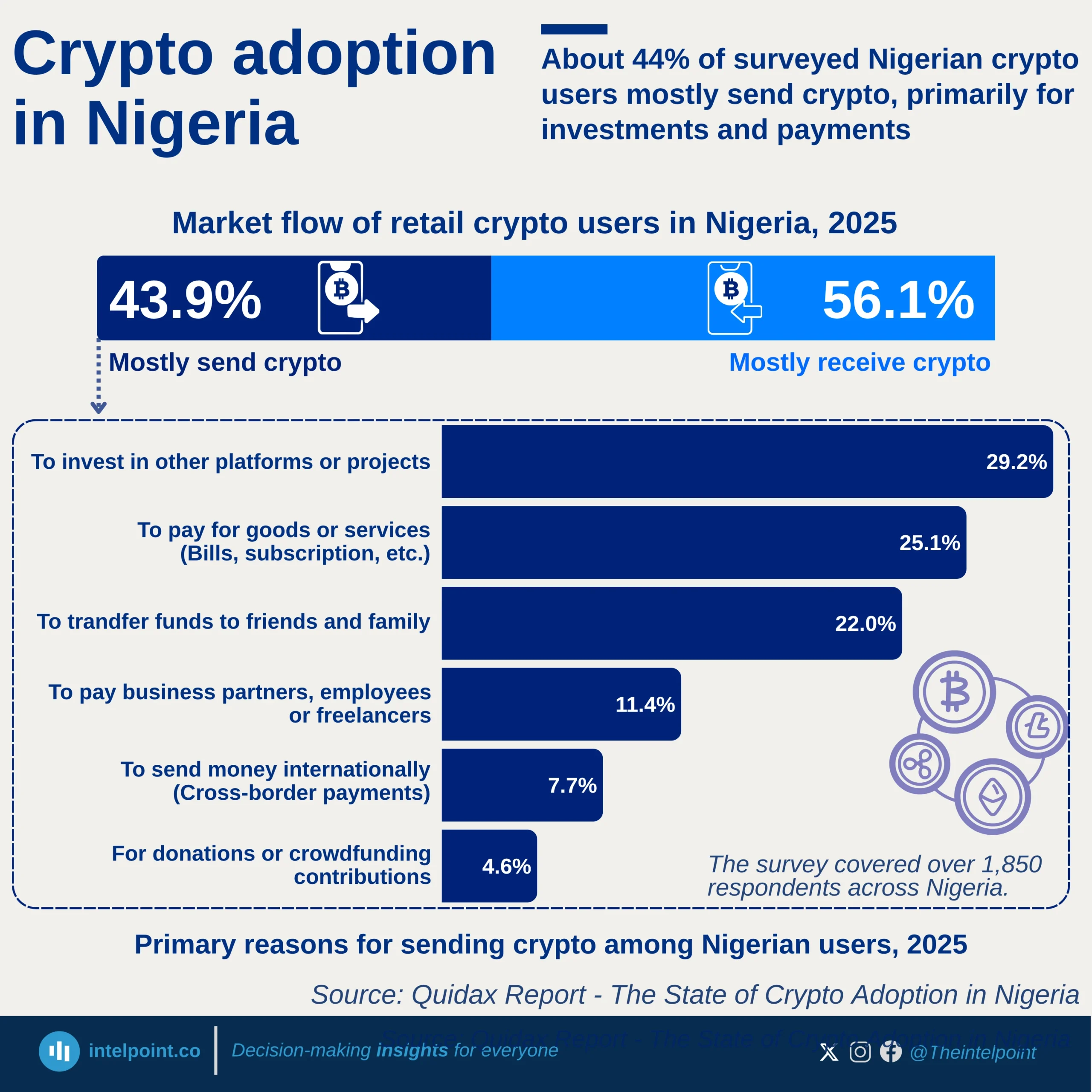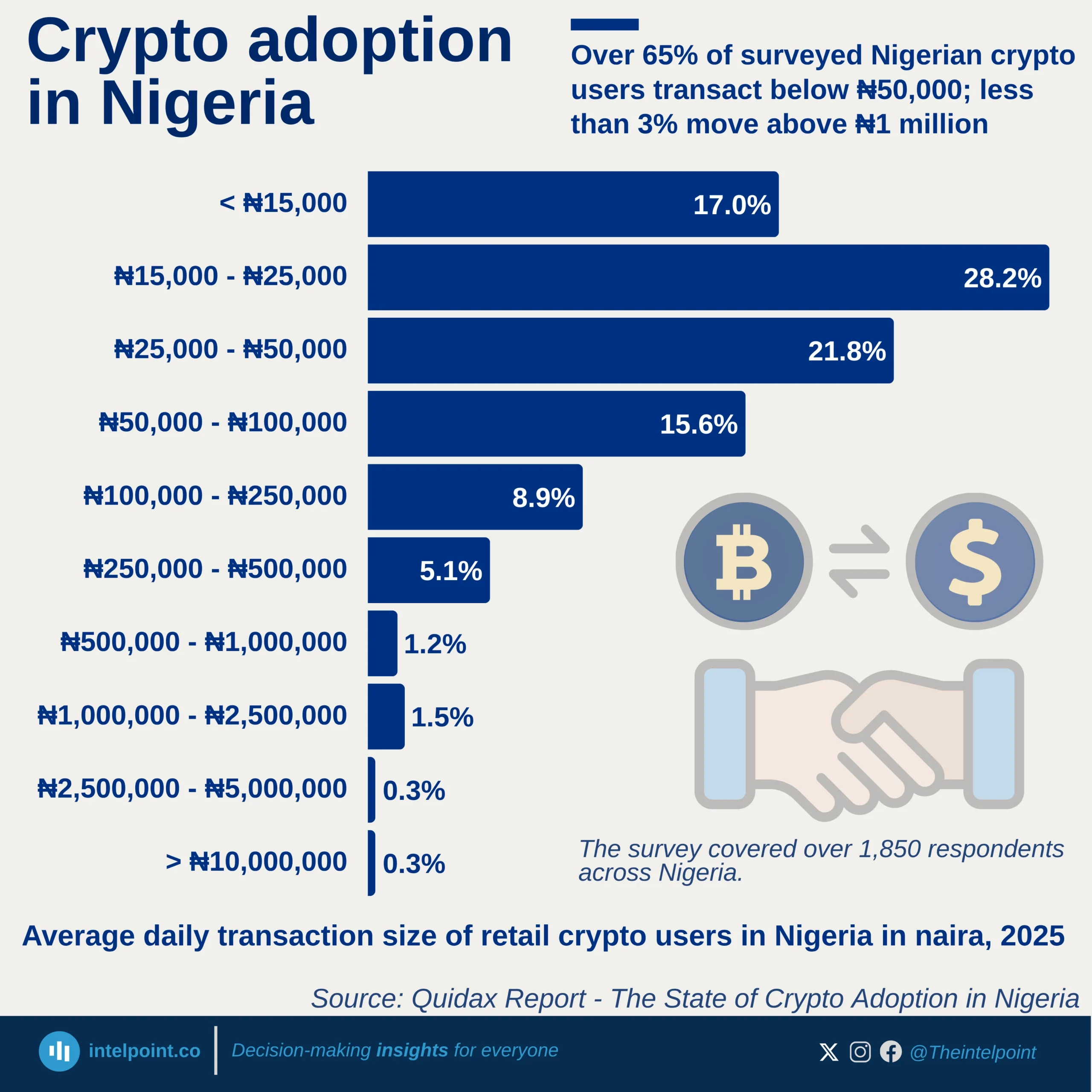Bitcoin’s market capitalisation has experienced extraordinary growth over the last nine years, rising from just $6 billion in January 2016 to $2.02 trillion in January 2025. This represents a 337-fold increase, proving how Bitcoin has evolved from a fringe digital asset into a mainstream financial instrument with global impact. Despite some volatility along the way, the long-term trend is unmistakably upward, reflecting growing institutional adoption, increased public trust, and broader integration into global finance. This level of exponential growth is not something you see often. What began as an alternative asset class now rivals the size of major national economies and corporations.
